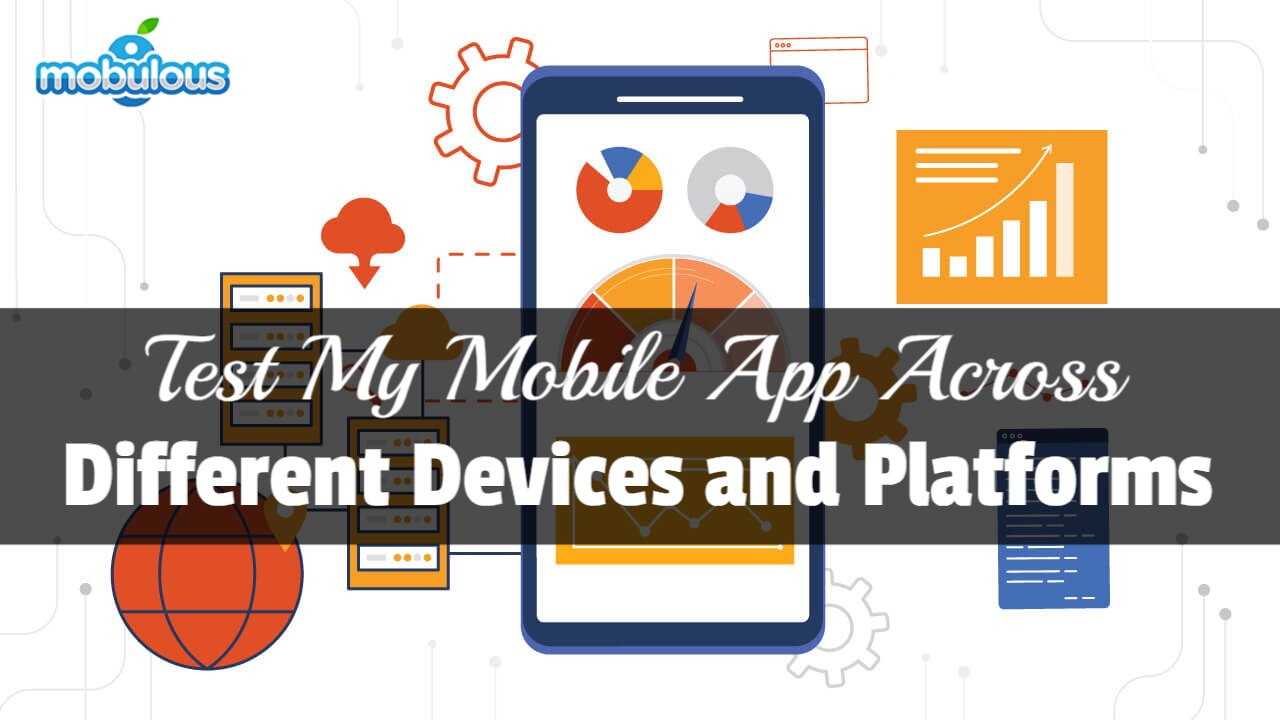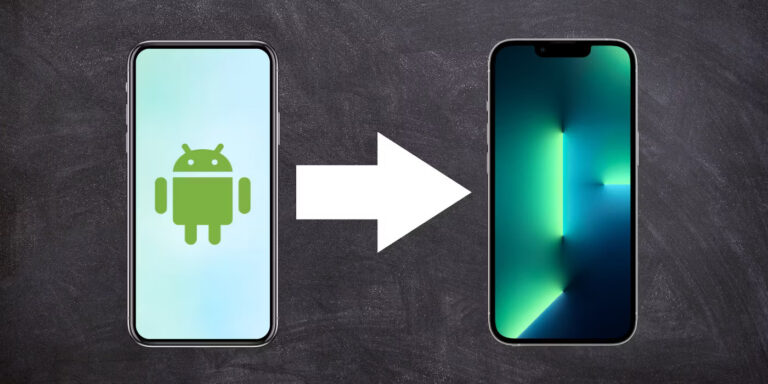Introduction
Testing your mobile app across various devices and platforms is crucial to ensure optimal performance and user experience. With the proliferation of devices and operating systems, thorough testing becomes even more critical to identify and address potential issues before releasing your app to the market.
Understanding the Importance of Testing
- Ensuring Compatibility
Testing across different devices and platforms helps ensure that your app functions as intended on a wide range of devices, including smartphones, tablets, and different operating systems such as iOS and Android.
- Identifying Bugs and Issues
Thorough testing allows you to identify and fix bugs, glitches, and compatibility issues that may arise on specific devices or operating system versions.
- Enhancing User Experience
By testing your app on various devices, you can ensure a consistent and seamless user experience across different screen sizes, resolutions, and hardware configurations.
Best Practices for Testing Your Mobile App
- Utilize Emulators and Simulators
Take advantage of emulators and simulators to test your app on virtual devices, allowing you to replicate different device configurations without the need for physical hardware.
- Conduct Real Device Testing
While emulators and simulators are useful, conducting testing on real devices is essential to accurately assess performance and user experience in real-world scenarios.
- Implement Automated Testing
Automated testing tools can help streamline the testing process by running predefined test scripts across multiple devices and platforms, saving time and ensuring consistency.
- Perform Manual Testing
In addition to automated testing, manual testing by human testers is essential to identify usability issues, interface glitches, and other issues that may go unnoticed by automated tests.
- Use Cloud-Based Testing Platforms
Cloud-based testing platforms offer scalability and flexibility by providing access to a vast array of real devices for testing purposes, eliminating the need for maintaining an extensive device inventory.
Conclusion
Effectively testing your mobile app across different devices and platforms is essential to ensure a flawless user experience and maximize the success of your app in the market. By following best practices such as utilizing emulators, conducting real device testing, implementing automated testing, performing manual testing, and leveraging cloud-based testing platforms, you can identify and address potential issues early in the development process, ultimately leading to a higher quality app and happier users.












